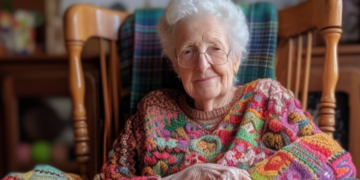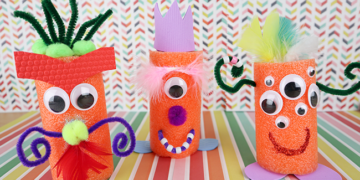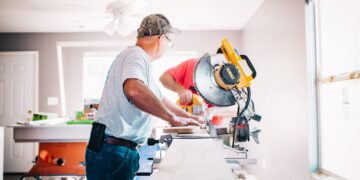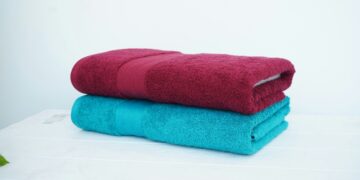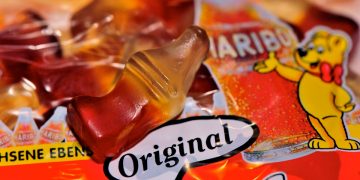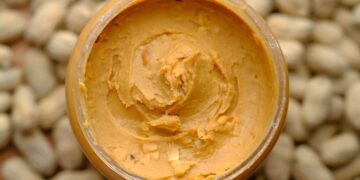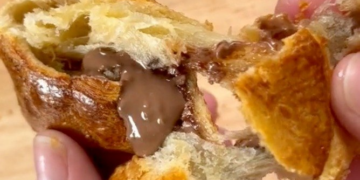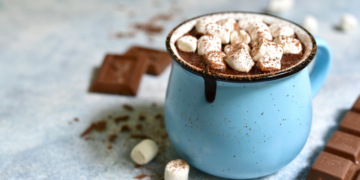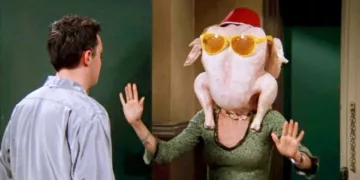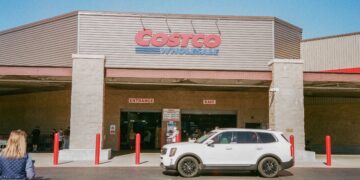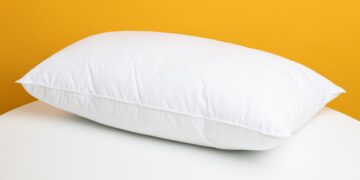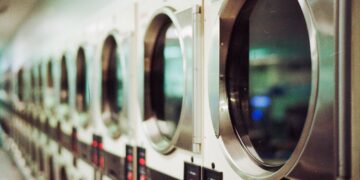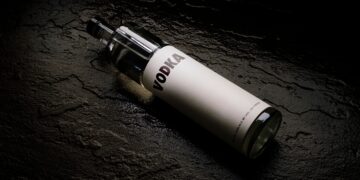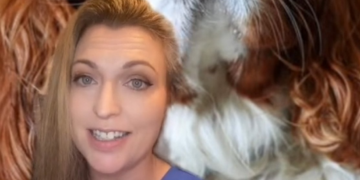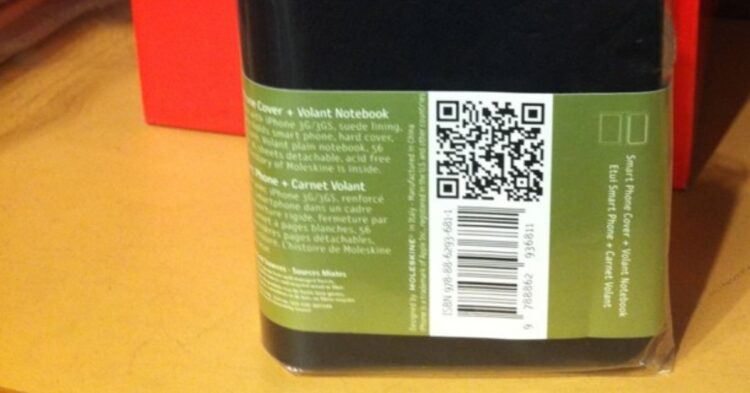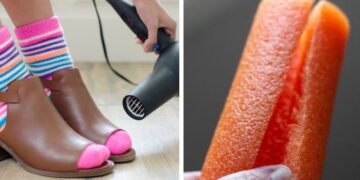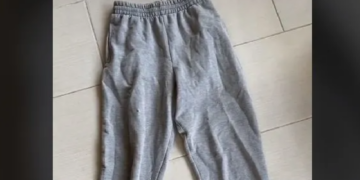Barcodes are everywhere, but could this be the end of a vast era for barcodes? GS1, an international non-profit that maintains the global standard for barcodes, says that it’s time for QR codes to take their place, as they will be able to store more information about the products.
The shift nowadays is towards modern QR codes instead of the barcodes that have been around for over five decades.
Retailers are already shifting towards them
Anne Godfrey, chief executive of GS1 UK, said that this has been in the works for some time now, as COVID-19 accelerated the process. “During the pandemic, everyone got used to pointing their phones at QR codes in pubs and restaurants to access the menu,” she said.
Upcoming farewells to barcodes
“QR codes that bring up bits of information are already appearing on the front of many products. Very soon we will say goodbye to the old-fashioned barcode and every product will just have one QR code that holds all the information you need,” Godfrey continued.
How barcodes work
Barcodes normally hold seven pieces of very basic information about the product — its name, manufacturer, type, size, weight, color, and, of course, its price. No one can purchase a product without its barcode on it.
When scanned, the product’s barcode is matched to an enormous database of products to ensure customers are charged correctly.
How QR codes are more handy
The new QR codes go beyond the seven basic pieces of information held by conventional barcodes; they hold information about their ingredients, any allergens they contain, and even recipe suggestions. Such information is easily accessible through the consumers’ smartphones.
How the consumers’ usage is evolving
“Today’s consumers want much more information about the products they buy. The next generation of barcodes will give greater power to the consumer. Retailers will have to upgrade or get left behind,” Godfrey added as consumers want to know more about the product than just their price.
The history of barcodes
Barcodes were first invented by US science graduates Norman Joseph Woodland and Bernard Silver in the late 1940s. However, the first barcode to be scanned was a pack of Wrigley’s Juicy Fruit gum at a supermarket in Ohio in 1974, decades after the 40s.
They later arrived in the UK
Barcodes later arrived in the UK in 1979, having been used on a box of teabags at a shop in Spalding, Lincolnshire. Since then, GS1 has registered barcodes for over 200 million products globally.
They are made so that no two barcodes are the same, having been made to be rearranged to register up to ten trillion different products.
What studies show
A study commissioned by GS1 showed that 96% of leading UK retail executives expect another retail technology transformation, in other words, the QR codes.
Additionally, 46% of retailers have upgraded their checkout technology to accommodate QR codes. Furthermore, 52% intend to upgrade their technologies over the coming year.
It is under the test
GS1’s new QR codes are currently being tested in 48 countries. They are being tested at Morrisons supermarkets in the UK, and other brands are opting for them, such as PepsiCo, Proctor & Gamble, L’Oreal, Amazon, and Walmart.
The barcode abolishment is expected by 2027
Godfrey elaborated: “The invention of the barcode is one of the great, untold stories in the history of our modern world. It is more frequently used than Google. We won’t celebrate the death of the humble barcode, but it is time to say a long goodbye to it.”

